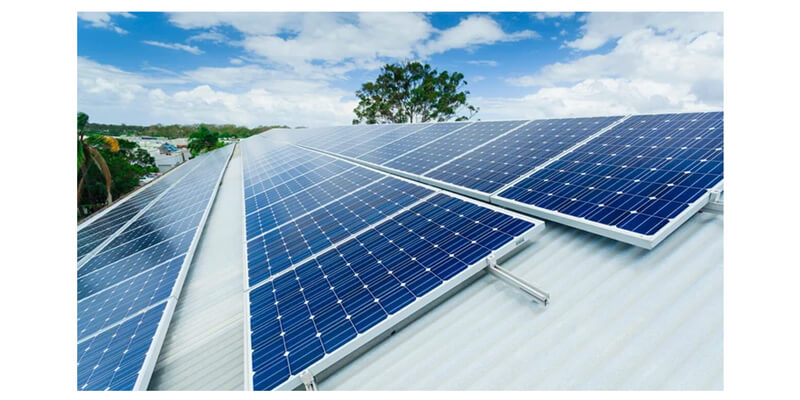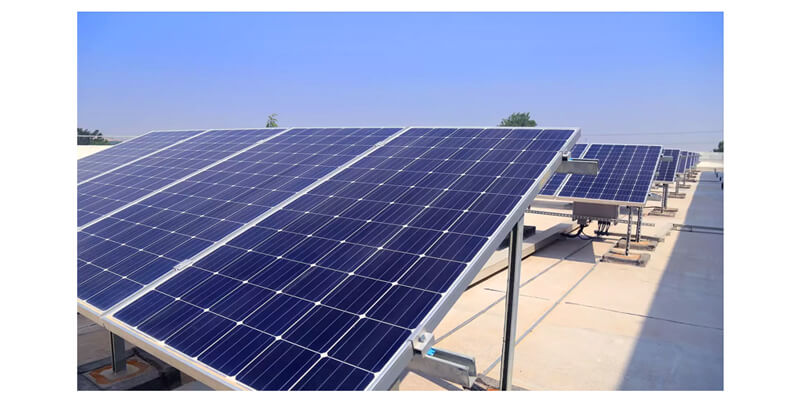Contents:
Germany is a global leader in renewable energy, with solar power playing a pivotal role in its energy transformation. The country's ambitious climate targets and strong policy frameworks have catalyzed significant growth in the solar sector. This comprehensive exploration delves into the trends of solar panel (photovoltaic or PV module) adoption in Germany, examines the existing challenges, and anticipates the trajectory of solar energy in the future energy landscape.

Germany's engagement with solar energy began in the late 1990s, but the major impetus came with the enactment of the Renewable Energy Sources Act (EEG) in 2000. The EEG, a revolutionary policy, introduced feed-in tariffs that guaranteed grid access and set favorable prices for renewable energy, thus providing stable financial incentives for solar energy investments.
From 2000 onwards, the installed capacity of solar PV in Germany saw exponential growth. Initially, the growth was fueled by smaller residential and commercial installations. Over time, larger utility-scale solar farms began to appear across the German landscape, particularly in southern regions, which benefit from higher solar irradiation.
| Year |
Installed Capacity (GW) |
Yearly Increase (%) |
| 2010 |
9.8 |
— |
| 2011 |
24.8 |
153.1 |
| 2012 |
32.4 |
30.6 |
| 2013 |
35.7 |
10.2 |
| 2014 |
38.2 |
7.0 |
| 2015 |
39.7 |
3.9 |
| 2016 |
41.1 |
3.5 |
| 2017 |
42.4 |
3.2 |
| 2018 |
45.5 |
7.3 |
| 2019 |
49.2 |
8.1 |
| 2020 |
53.7 |
9.1 |
Growth of Solar PV Capacity in Germany (2010-2020)
Despite the significant advancements, the expansion of solar energy in Germany is not without its hurdles:
- Intermittency and Storage: Solar power is inherently intermittent, requiring robust storage solutions to ensure a stable energy supply. The development of efficient and cost-effective energy storage technologies is crucial.
- Economic and Policy Shifts: The gradual phase-out of feed-in tariffs and the transition to auctions for larger projects have introduced new dynamics in the market, sometimes leading to uncertainty among investors.
- Land and Environmental Concerns: The expansion of solar farms competes with agricultural and natural landscapes, raising ecological and land-use concerns. Strategies to integrate solar installations with existing land uses, such as agrivoltaics, are being explored.

The future of solar power in Germany appears robust, driven by technological advancements and supportive policies. Innovations such as bifacial solar panels, which capture sunlight from both sides, and floating solar farms are expected to enhance the efficiency and feasibility of solar projects.
Government and industry are also increasingly focusing on integrating solar power into the broader energy system, including linking it with wind energy and hydroelectric power through smart grids and green hydrogen production, which can use excess solar power to produce hydrogen as a versatile energy carrier.
As Germany continues its transition away from fossil fuels, the role of solar energy becomes increasingly vital. Germany's experience serves as a case study for countries worldwide, demonstrating the importance of supportive policies, technological innovation, and public acceptance in scaling up solar energy.
For further reading on Germany’s energy transition, visit the Wikipedia page on Renewable Energy in Germany.







